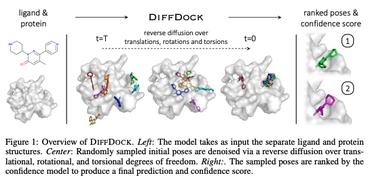Insights from a computational analysis of the SARS-CoV-2 Omicron variant: Host-pathogen interaction, pathogenicity and possible therapeutics
Prominently accountable for the upsurge of COVID-19 cases as the world attempts to recover from the previous two waves, Omicron has further threatened the conventional therapeutic approaches. Omicron is the fifth variant of concern (VOC), which comprises more than 10 mutations in the receptor-binding domain (RBD) of the spike protein. However, the lack of extensive research regarding Omicron has raised the need to establish correlations to understand this variant by structural comparisons. Here, we evaluate, correlate, and compare its genomic sequences through an immunoinformatic approach with wild and mutant RBD forms of the spike protein to understand its epidemiological characteristics and responses towards existing drugs for better patient management. Our computational analyses provided insights into infectious and pathogenic trails of the Omicron variant. In addition, while the analysis represented South Africa's Omicron variant being similar to the highly-infectious B.1.620 variant, mutations within the prominent proteins are hypothesized to alter its pathogenicity. Moreover, docking evaluations revealed significant differences in binding affinity with human receptors, ACE2 and NRP1. Owing to its characteristics of rendering existing treatments ineffective, we evaluated the drug efficacy against their target protein encoded in the Omicron through molecular docking approach. Most of the tested drugs were proven to be effective. Nirmatrelvir (Paxlovid), MPro 13b, and Lopinavir displayed increased effectiveness and efficacy, while Ivermectin showed the best result against Omicron.
PDF Abstract

